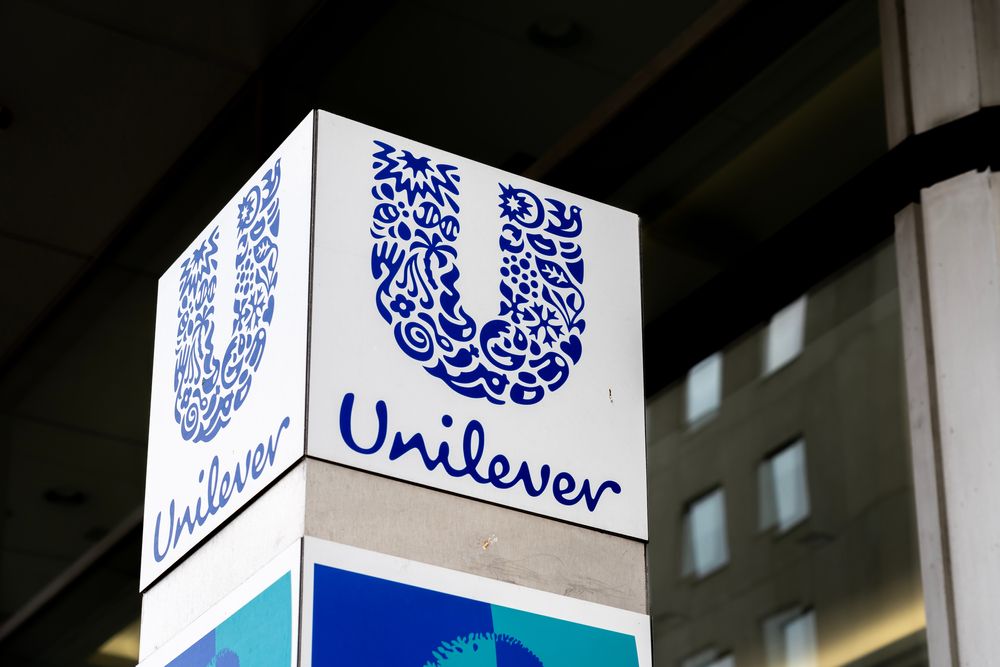MSFT 425.025 -0.9035% AAPL 220.43 0.8648% NVDA 115.85 1.4004% GOOGL 172.44 -0.1101% GOOG 174.27 -0.0573% AMZN 182.99 1.1945% META 460.09 -0.2558% AVGO 152.64 0.859% TSLA 224.8499 4.102% TSM 161.61 1.1327% LLY 823.56 -4.2238% V 257.56 1.3338% JPM 209.535 0.453% UNH 562.83 0.5502% NVO 129.31 -1.7401% WMT 70.206 -0.5581% LVMUY 143.15 0.9022% XOM 116.85 1.5999% LVMHF 714.04 0.4982% MA 436.96 1.0429%

Unilever PLC

UL Details

Unilever PLC (NYSE: UL) is a multinational fast-moving consumer goods (FMCG) firm that focuses on the Beauty & Personal Care (BPC), Home Care (HC), and Foods & Refreshment (FR) areas. The BPC segment's five categories include deodorants, skin cleaning, hair care, oral care, and skincare. The Home Care segment sells laundry and household care products. In the FR section, you may find food and ice cream. Products from the company are distributed in 190 countries.
H1FY21 Results:
Key Risks:
Outlook:
Valuation Methodology: Price/Earnings Per Share Multiple Based Relative Valuation

(Analysis by Kalkine Group)
* % Premium/(Discount) is based on our assessment of the company's NTM trading multiple after considering its key growth drivers, economic moat, stock's historical trading multiples versus peer average/median, and investment risks.

UL Daily Technical Chart (Source: REFINITIV)
Stock Recommendation:
UL's share price has surged 3.01% in the past month and is currently leaning towards the lower-band of the 52-week range of USD 50.60 to USD 61.81. The stock is currently trading between its 50 and 200 DMA levels, and its RSI Index is at 60.16. We have valued the stock using the Price/Earnings-based relative valuation methodology and arrived at a target price of USD 46.42.
Considering the company's acquisition prospects, a decline in outlook, deterioration in the bottom line, current valuation, and technical indicators, we believe the decent business fundamentals are adequately reflected at current trading levels. Hence, we recommend a "Sell" rating on the stock at the closing price of USD 54.29, up 1.14%, as of January 14, 2022.
*All forecasted figures and Industry Information have been taken from REFINITIV.
*The reference data in this report has been partly sourced from REFINITIV.